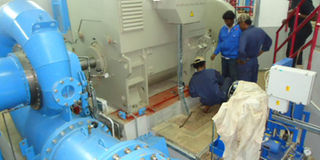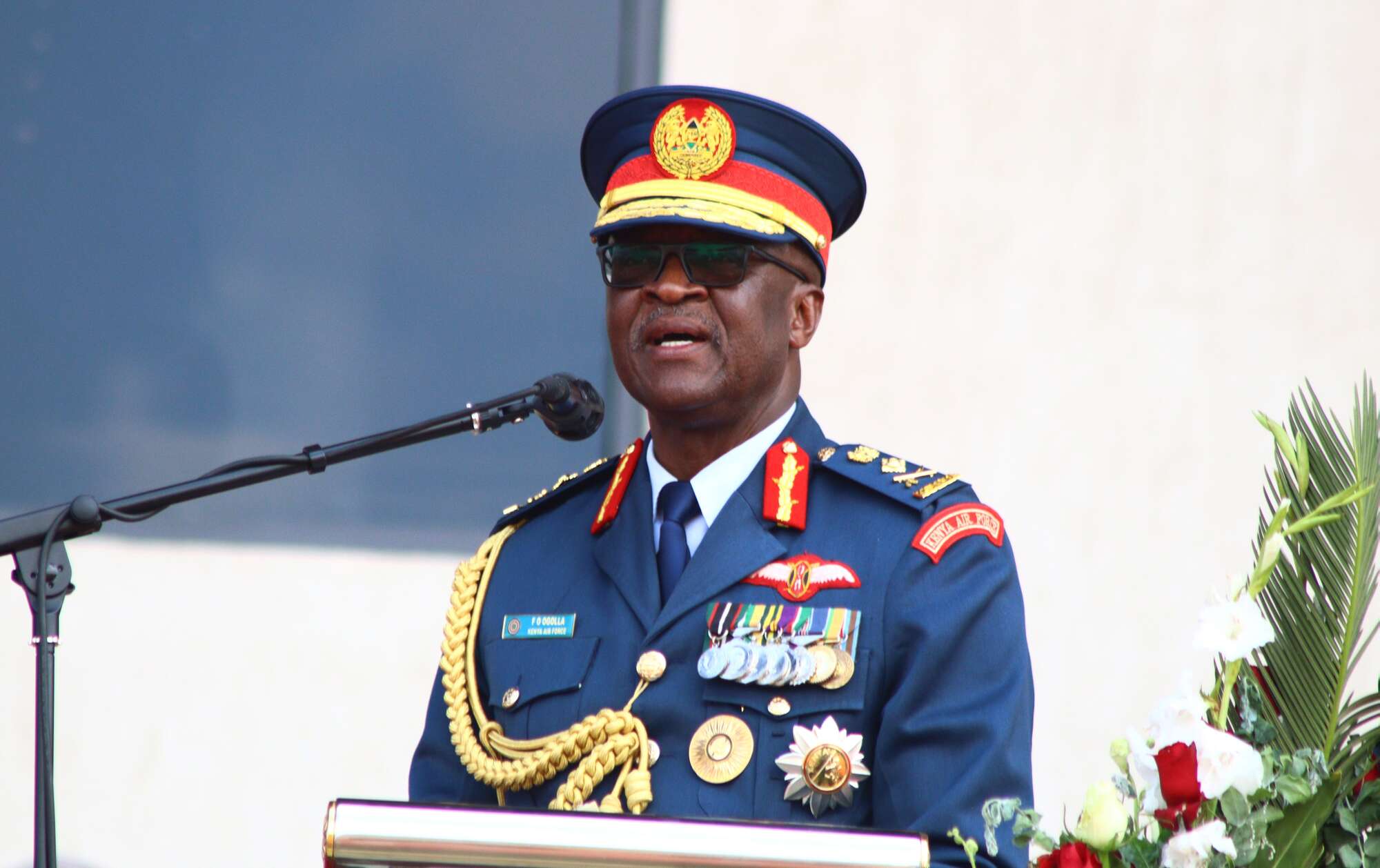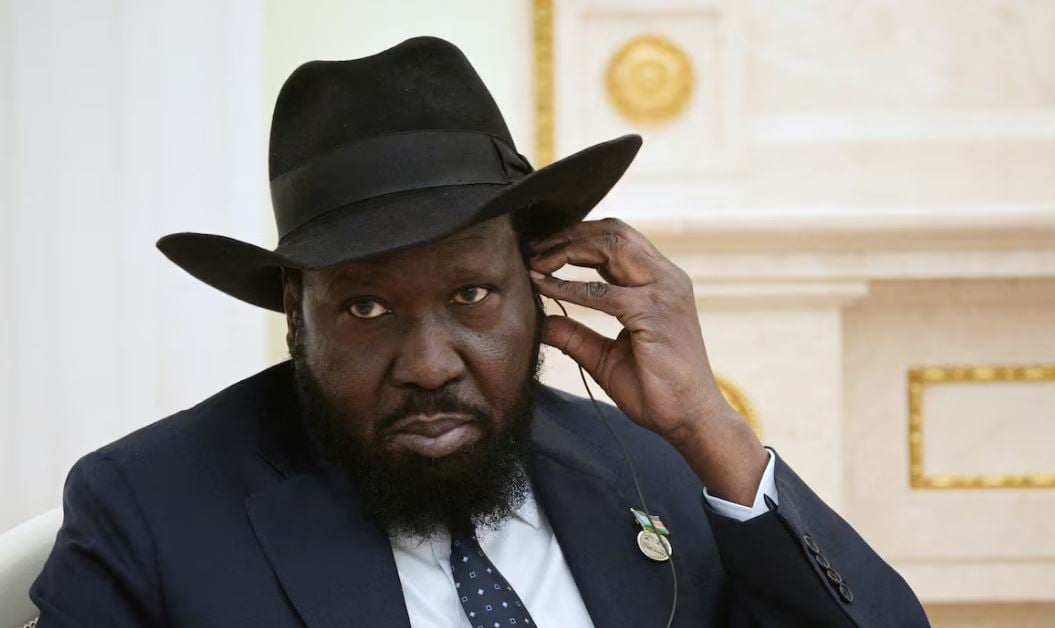Nyagak dam puts lights on in West Nile after 20 years

Engineers at the 3.5MW Nyagak power house in Paidha in Zombo District. Plans to construct the dam were hatched in the early 1990s. PHOTO BY FELIX WAROM OKELLO
What you need to know:
Lighted up. The now $16m dam is supplying power to Arua, Nebbi, Zombo, Maracha, Koboko and Yumbe districts. Wenreco received a 20-year concession to supply power to West Nile region.
The journey to River Nyagak in the past painted a grim image as the place was associated with ghosts. Several people got drowned in the river while others used it as a hideout for committing crime like murder. Others who disappeared from homes, their bodies have been recovered in the river. It was used to perform rituals.
But despite the mysterious happenings, the mountainous and undulating contours provide a good scenery for tourism also with green grass and tall natural eucalyptus trees.
This is where the power to supply the region in decades is now coming from after two decades of waiting.
“I am now thinking of setting up a business school. I have been sitting at home because I could not start computer school minus power,” says Ms Eunice Anguparu, a businesswoman in Arua town. The house, where two turbines are fitted, control room, two generators plus a transformer are all installed and connected to the pole that pass high above the river. This is to provide the long awaited 3.5MW power to West Nile districts.
A resident in Paidha town, Mr Ozelle Orwinyu, said this would be historic for the people to get power. “I first came to Nyagak in 1956 and I think this would open up opportunities for investment both for people in West Nile and outsiders.”
The region has been faced with intermittent power supply which has led to investors running away from the place due to power inadequacy. This has cost the region to lag behind in terms of development.
For instance, Seven Hill Adrikos Company closed down mainly due to intermittent power supply, Nile Foam Mattress has been struggling with its own electricity to produce mattresses. Several businesses like bakeries, internet cafes, and secretarial bureaus have been closed down due to power blackouts.
The plans to construct the dam started in the 1990s. This was hatched by the now Bishop Emeritus of Arua diocese, the Rt. Rev Fredrick Drandua, who single-handedly lobbied for $32 million from Italian friends and government to construct the dam with five turbines.
The Bishop narrates that he then took the plan to the Italian government where they agreed to give $30 million and Uganda government pays $2 million. But to his dismay, government said it did not have the money.
It was not until 2006 that the West Nile Rural Electrification Company Ltd (Wenreco) started to construct the hydropower dam. However to the dismay of residents, the construction of the dam that was expected to end in 2007 dragged on for close to six years. This saw residents demonstrate and government giving Wenreco an ultimatum in 2010.
Now it has been constructed and power is in people’s houses. The dam reservoir has a capacity to store 136,000 cubic centimeters and the water level to fill the dam is 42.7 meters. Even those in grass-thatched houses plan to construct permanent buildings to tap the power.
TIMELINE
1997. An EIA study was done by Gissat Technical Consultants Ltd
2005. An Environmental Impact Statement is done
Feb. 2006. President Museveni carries out a groundbreaking ceremony.
Dec. 2006. Czech construction firm Skodaexport Company Ltd starts construction.
Mid 2009. Construction work stalls due to financial constraints and contract of Sobetra Company terminated
Aug. 2010. Construction work resumes with new contractor.
July 29, 2012. Two turbines running.
Aug. 2. Power is switched on in Paidha at 7:30pm, Nebbi town gets power at 8:30pm
Aug. 3. Arua town gets power at 4pm.




